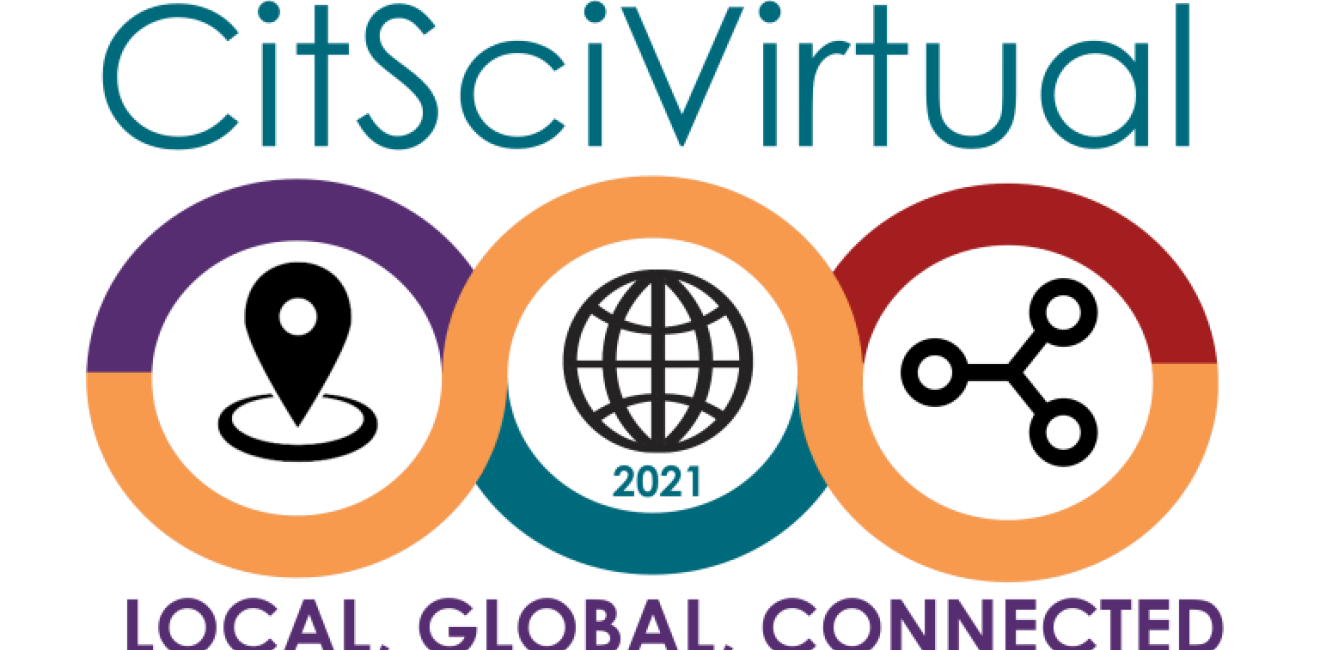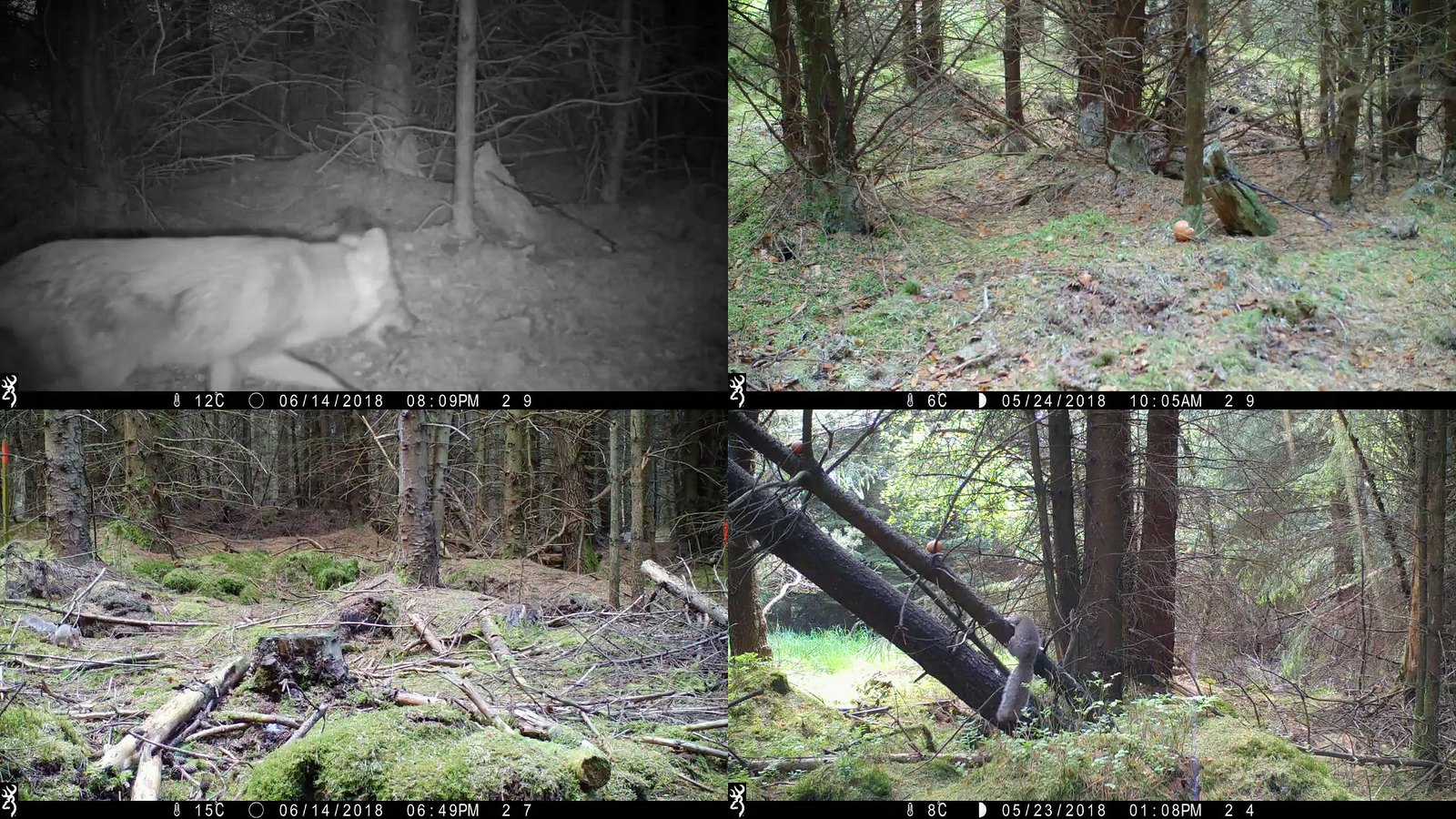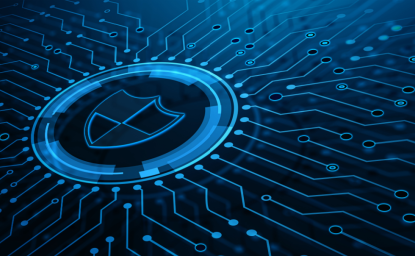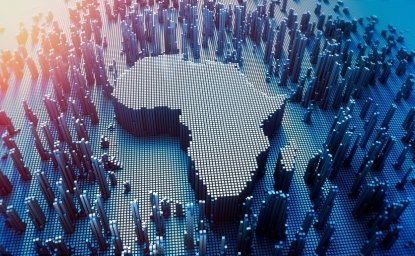
A blog of the Science and Technology Innovation Program
Introduction
The communities of open science work toward the broad goal of making scientific research accessible to all. Despite this common goal, communities in the open science ecosystem tend to silo their work within a given paradigm (e.g. open source software) or--as defined by the Wilson Center’s Science and Technology Innovation Program--”broader shared missions, practices, and frameworks.” Lack of collaboration between paradigms can be a barrier to advancing goals--leading to duplicate efforts in solving challenges and developing strategies. Collaboration between paradigms, on the other hand, can help communities build networks, share resources, and advance the larger goals of open science.
Open hardware and citizen science are examples of paradigms who differ in their practices but have strong areas of alignment. Open hardware focuses on opening access to the physical tools of science, while citizen science focuses on engaging the public in the processes of science. Collaboration between these two paradigms can help broaden participation and access across all stages of scientific research.
As part of CitSciVirtual 2021, members of the Open Environmental Data Project, Gathering for Open Science Hardware (GOSH), and the Wilson Center’s Science and Technology Innovation Program (STIP) convened a workshop exploring “Open Tools for Collaborative Science: The Value of Open Hardware in Citizen and Community Science.” The goal of this workshop was to explore the value of open hardware for citizen and community science. This article provides key themes that arose from the workshop, along with the authors’ own analysis on open hardware’s past, present, and future alignment with citizen and community science.
Education
Particularly in the context of citizen and community science, open hardware offers "a strong incorporation point for thinking about different ways that we educate people,” said Shannon Dosemagen, Shuttleworth Fellow at the Open Environmental Data Project. Open hardware uniquely provides an opportunity for experiential learning in engineering the tools that produce science. Unlike proprietary hardware, the panelists noted that open hardware strips away technical black boxes by enabling users to study and build tools from their design files. As Angela Eaton, Director at Safecast, described, “while you're learning to use and make the tools, you're also learning about scientific inquiry...everybody has some aspects of questioning the world around them, which is part of the scientific process.”
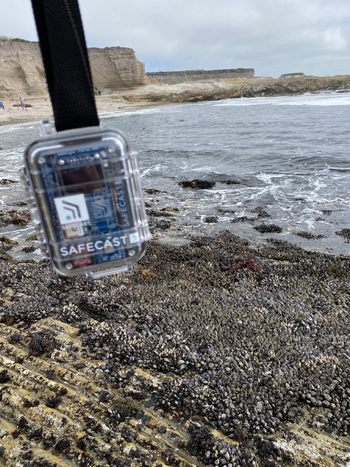
The ability to participate in tool development aligns with citizen and community science goals of increasing scientific literacy along with critical thinking, interrogation, creativity, and problem solving. Because open hardware devices are licensed to be publicly available, open hardware--like citizen science--offers educational opportunities for individuals and communities who may lack access to formal training in design and engineering, as noted by Frontiers in Sociology and the Gathering for Open Science Hardware.
The ability to use open hardware can also inspire independent learning processes. According to Pen-Yuan Hsing, a founder of MammalWeb and Research Associate at University of Bath, when proprietary tools are used, “all the power is concentrated in whoever made that particular product or hardware or software, and ultimately they are dictating how you use that tool.” With permission from open licenses, open hardware can help shift and move power to people using devices, giving individuals “autonomy to intervene as part of their learning,” described Shannon Dosemagen.
People can make modifications to tools based on their location, articulating different ways to use a data collection device than the developers initially intended, or contributing to and expanding documentation related to the specific environment where a tool is built and used. Open licenses often require that tool modifications are released under similar open source licenses, encouraging users to return lessons learned “back to the knowledge base of the larger community,” as described by Wylie et al., 2014 in the Information Society Journal. The ability to see and work inside technical tools provides new ways to learn, understand, contribute, and imagine, in a locally relevant, but globally connected and independent context.
Open hardware clearly aligns with citizen and community science’s goal--according to Frontiers in Sociology--of engaging the public in the process of science. Using open hardware, citizen and community scientists gain new technical skills related to tool design and engineering. Citizen and community science is often conducted to address local issues, encourage independent learning, and foster curiosity around science. Open hardware additionally offers an avenue for autonomy of citizen scientists over the questions they ask and the data they collect in their communities, and an opportunity for enhanced community participation through the design and creation of science tools.
Transparency
According to a study published at the International Institute for Applied Systems Analysis, realizing goals of open science ideals like transparency often requires two complementary strategies: one focusing on opening access to the tool and data creation process, including through open design files and source code, and the other focusing on end products, such as components or completed tools and data. The physicality of open hardware allows people to literally break down the material barriers of black boxes that inhibit transparency, allowing them to study design files and ultimately making technology “much more tangible and understandable for people,” said Pen-Yuan Hsing. From a legal perspective (as well as a practical one) open hardware licenses ensure that scientists have adequate permissions to build on transparency to access and modify various tools.
In addition to enabling educational opportunities, transparency also enables customization and modularity, both necessarily for supporting research that is responsive to diverse local needs. As panelists discussed, areas like conservation technology have made leaps and strides as more people value the transparency of open hardware and associated documentation practices so that we can, for instance, see inside a camera trap, and either use the version they’ve created or make their own modifications for the context in which it will be used. Pen-Yuan Hsing noted that the ability to customize tools is an opportunity “to answer fundamental ecological questions... and fill scientific gaps” that are inaccessible with currently available tools.
Across research areas, open hardware tools and documentation have the potential to create not only greater access to tools, but greater transparency in sharing of knowledge. Transparency in knowledge helps “build upon what came before to make a better tool for us to do better science” rather than reinvent the wheel, noted Pen-Yuan Hsing. Openness and transparency are also associated with the “right to repair,” including the ability to more easily fix a broken tool, and learn how to troubleshoot when something isn’t working right.
Transparency is a goal shared by many citizen and community science initiatives--according to the Citizen Science Association. For example, many believe in the benefits of making scientific processes more generally open, including educational gains and (in some cases) the right to tweak methodologies to become more responsive to local needs. Some discussions in citizen and community science also consider the legal aspects of transparency, including through discussions around intellectual property and licenses, as noted by the Wilson Center’s Science and Technology Innovation Program. However, unlike open hardware licenses--which open access to a product in order to facilitate greater openness and transparency in the research process--many citizen and community science licences focus more narrowly on opening the products of research, including through open data, as mentioned in Frontiers in Climate.
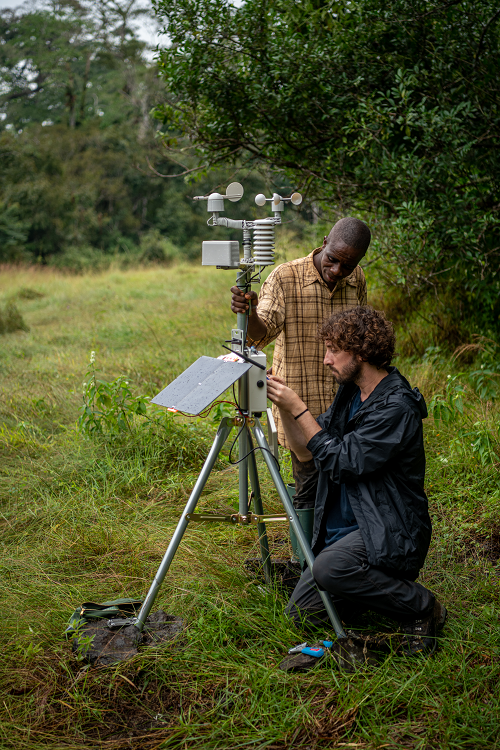
Making sure that information collected by an open source tool is available as open data also supports larger goals of increasing access to a range of stakeholder communities. WikiWatershed offers “a data portal where you can see the live graphs of all of the data, which is really great for engaging the users with the stations, because then they can see exactly what's happening in real time,” noted Shannon Hicks, Research Engineer at Stroud Water Research Center and founder of EnviroDIY’s Mayfly Data Logger. That kind of transparency can lead to a whole different understanding of data and information within a citizen or community science project. Angela Eaton noted about Safecast, they grew out of a need for transparency in environmental monitoring, and a transparency in how hardware was being built, “It’s about having a universal set of knowledge and data that we all can look to and point to and agree upon because we are collecting it and therefore start the discussion from there.”
Access and Accessibility
During her introductory remarks, Shannon Dosemagen set the scene by discussing accessibility as a core value of open hardware: “Some of the underlying philosophy is driving down the cost of tools, creating shareable tools, building community around these tools.”
Transparency is a necessary but insufficient condition to increase the accessibility of open hardware tools. Communities like FieldKit have learned that, while customization is important, many potential users wanted to “change settings on the device without having to get into the code,” said Shah Selbe, Managing Director of Fieldkit. FieldKit has invested heavily in their user interface, particularly for their mobile application, to ensure that lightweight opportunities for customization exist, but not at the expense of accessibility to a range of audiences with diverse types of scientific and technical literacy. Shah Selbe recognized the challenge of balancing between the needs of these users and “super techie people” who may want to make significant modifications, including customization of equipment to fill gaps in a particular data collection opportunity, or take advantage of other open source opportunities like “the right to repair.” Often, a balance is met by making a single tool available through multiple avenues, ranging from design blueprints, to kits, to off-the-shelf solutions that support varying degrees of customization.
Because accessibility is such a core value of open hardware, a lot of attention is paid to accessibility barriers. Some barriers related to understanding and accessing tools can be met through different strategies for community support, as explored in depth below. Other barriers include access to resources, including personal time, materials, and financial assets. Still others include access to blueprints or other information in a native language, and access to resources such as wifi. These are difficult to mitigate without consistent, ongoing efforts that target system-level change.
Many priorities around access may resonate with citizen and community science. As a Cornell University study published in Ecology and Society notes, discussions around project governance suggest that a range of opportunities for participation are (or should be) made available to potential citizen scientists, including those who wish to collaboratively design the parameters of a research project, and those that just wish to share observational data. Open hardware has the potential to create different places where people can be involved in projects, through either lightweight customization or deep engagement in the creation or repair of a device. Similarly, many citizen and community science projects struggle with making research accessible to people beyond the “usual suspects,” or demographics that skew primarily white, middle or upper class, and (depending on the specific project) either male or female, as noted in Frontiers in Ecology and the Environment. Open hardware is an accessible option for people across projects to share, learn and collaborate not just on the collection and interpretation of data but on understanding and situating the data collection devices, as described by the Gathering of Open Science Hardware. The importance of building these collaborative communities is paramount to both citizen and community science and open hardware, as we discuss next.
Community
A cross-cutting theme throughout the workshop was the role of communities in open hardware. Communities in open hardware form around shared interests, experience and values in approach, as noted in an article by the Wilson Center’s Science and Technology Innovation Program. They are multi-faceted, covering regions, topics, and types of involvement in open hardware processes. Communities are necessary for the upkeep and maintenance of hardware projects beyond the initial motivations of the developer(s), as well as support activities such as figuring out data usability, education around tool development, etc.
Some open hardware communities emerge around tools. For example, EnviroDIY’s approach with the Mayfly data logger “was to start with a tool first… and then build a community around it,” Anne Bowser, Global Fellow at the Wilson Center, explained. The Mayfly Data Logger is a powerful $60 microprocessor, available at “an order of magnitude cheaper than what you can get commercially,” described Shannon Hicks. Recognizing the cost and accessibility of Mayfly Data Logger over alternatives, the user community broadened to include additional researchers working in educational environments and citizen monitoring groups. Eventually, the growing community emerging around Mayfly evolved into the EnviroDIY platform, a community within the broader WikiWatershed initiative, which includes a portfolio of both hardware and software environmental monitoring tools.
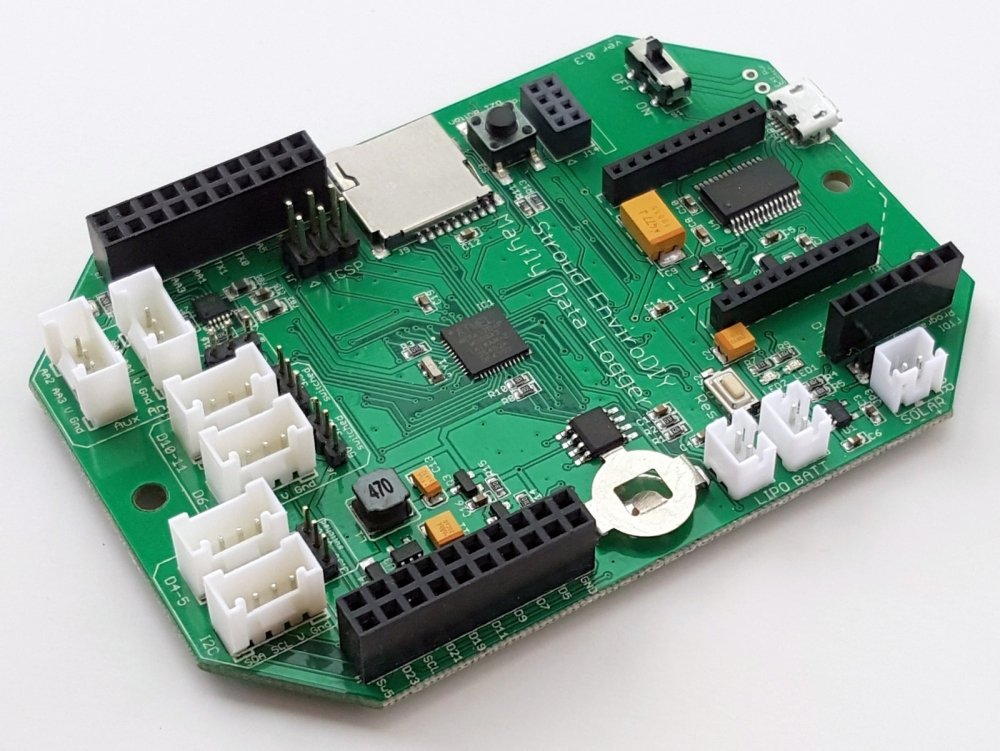
Other communities emerge around geographical proximity or research topics–such as demonstrated in the GOSH community forum where people regularly communicate around topics such as soil health, plant sciences, air monitoring or open hardware in Africa or Latin America. Safecast’s community, on the other hand, converged as a response to the “shared experience” of the Fukushima Daiichi nuclear disaster. Regardless of the point of community formation, open hardware reinforces connections. As Angela Eaton commented, engaging with open hardware is “being part of the community building process that contextualizes the data.” Pen-Yuan Hsing additionally noted, in citizen and community science, participation across the entire scientific process and the physical experience of building the tools with which you do that science is an empowering part of the “full spectrum” process.
However, building relationships in communities is not easy work and beyond the creators, there need to be people that are available to maintain communities “so that they keep being open and don’t become inherently restricted,” commented Angela Eaton. This could be in the sense that maintainers uphold codes of conduct or they encourage conversation in forums or they help to facilitate work sessions. Communities working with open hardware (and open data) also need to be aware of the individual needs that may surface in communities. For instance, when people are collecting data in sensitive regions that may result in fines or violations, Shah Selbe advocated for options to make data private and to protect the data collector. Many communities and projects, including Fieldkit, have prioritized ensuring that in creating their hardware tools and coordinating software platforms, that there will be “forward thinking” privacy protections built in.
The priorities of communities in both open hardware and citizen and community science may shift and change, although inclusivity is a value central to both. This is expected and healthy as projects grow, and the make-up of a community changes. Citizen and community science and open hardware parallel each other in that communities that generally find longevity have people that maintain, champion the work, encourage new people to join and identify different entry points that are suited for newcomers to the projects. This is evidenced in part through the emergence of professional or community-based associations, including CSA and GOSH.
Next Steps
Whether through education, transparency, access, or community, the open hardware ethos can echo and elevate the values of citizen and community science. Understanding alignment between these communities can help lay the groundwork for future collaboration, including when citizen and community scientists increasingly recognize the opportunities enabled by open hardware tools. Considering these two paradigms together can also support productive discussions around open science values, including where key points of convergence and divergence occur. Ultimately, open hardware, citizen and community science, and other areas of open science can help create a world where knowledge is more responsive to, and inclusive of, the general public and their needs.
The workshop can be watched in full here.
Authors




Science and Technology Innovation Program
The Science and Technology Innovation Program (STIP) serves as the bridge between technologists, policymakers, industry, and global stakeholders. Read more

